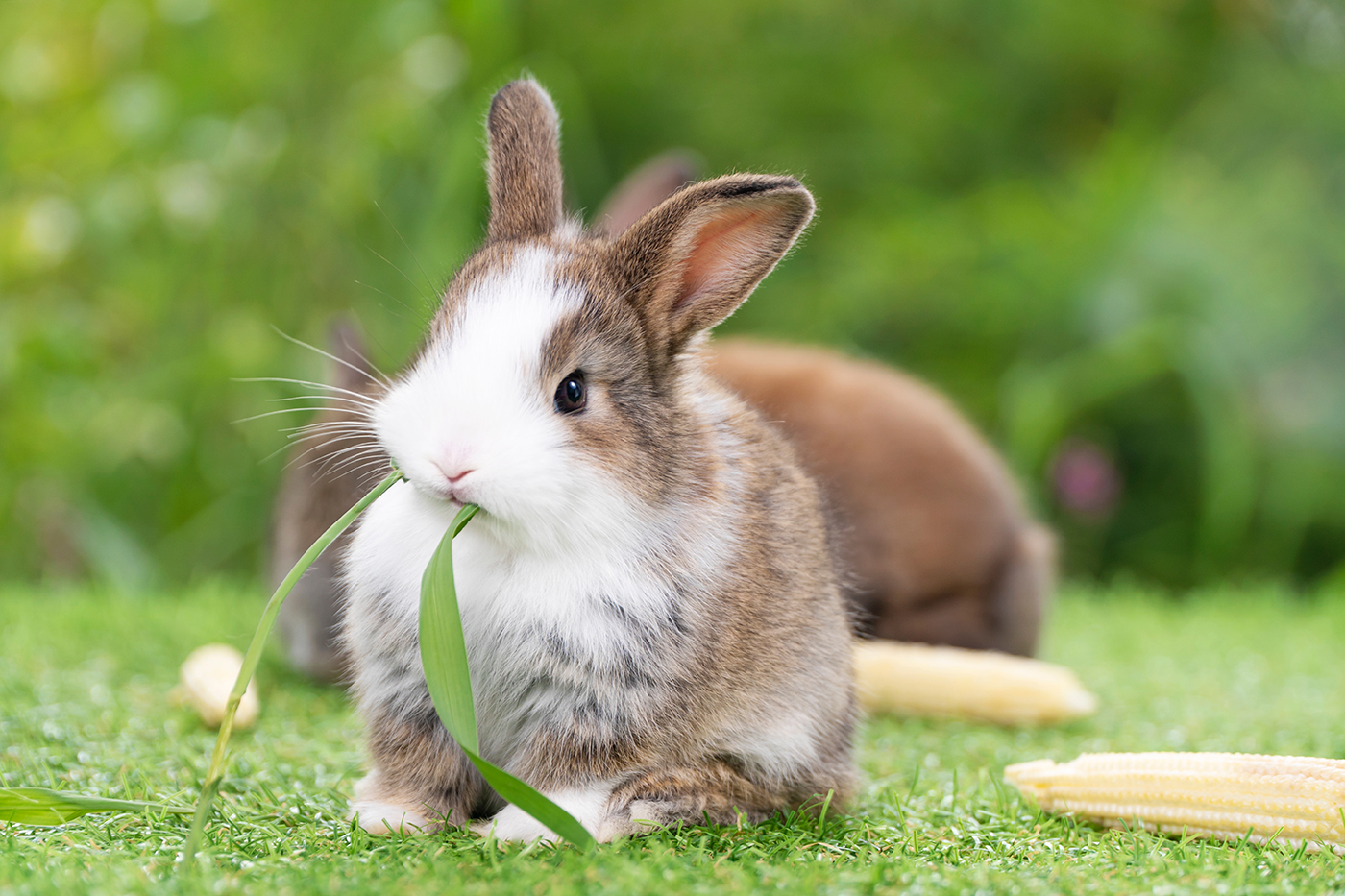Keeping a rabbit fit and well is every bit as involved as with other pets. For example, just like cats, dogs, horses and people too, there are diseases out there that can cause harm and suffering to a rabbit. The three main diseases to protect a rabbit against are myxomatosis and viral haemorrhagic disease strains 1 and 2. The good news is that vaccines have been developed to protect rabbits against all of these.
Myxomatosis In Rabbits
The history of myxomatosis is a fascinating one and has a lot to do with the active manipulation of nature by people. Having been brought into the UK by the Normans in the 12th century (originally to be farmed, later to escape into the wild), some farmers found rabbits to be a crop-destroying nuisance. However it wasn’t until the 1950s that myxomatosis arrived from France and became a form of population control. An unpleasant and usually fatal viral disease, the domestic rabbit can also contract it due to the way in which it is spread. Fleas and mosquitoes are carriers of the virus and only need to bite a wild, infected rabbit to become vectors for the disease. By biting a domestic rabbit afterwards, they transmit the disease with relative ease. Another, perhaps less likely method is by direct contact. If you keep rabbits in a very rural location however, this is potentially a very real risk.
There is a vaccine that can prevent rabbits from suffering with myxomatosis, a disease characterised by a swollen head and eyes, swollen genitals and thick pus-filled mucus from the nose. The disease is so severe that generally euthanasia is recommended and so prevention is overwhelmingly better that attempts at curing it.
Viral Haemorrhagic Disease (VHD)
Present in both the wild rabbit population and the domestic one, viral haemorrhagic disease (VHD) can be shocking due to its short incubation period. A rabbit can contract the disease and die within 48 hours having shown no symptoms at all, which is of course extremely distressing for an owner. Also a virus, when it does present symptoms, VHD causes lethargy, inappetence and spasms with or without haemorrhage from the nose and mouth. It can be transmitted by direct contact between rabbits however, being a robust virus it can also remain in the environment for long periods. It can be spread by wild birds and even by owners who might unwittingly come into contact with it in the countryside, or when handling other domestic rabbits, bringing it back to their own rabbits. VHD strain 1 has been present in the UK since 1992 whilst strain 2 is relatively ‘new’ to the UK. It first reared its ugly head in 2016 which presented a terrible challenge to the veterinary community. Neither strain can be cured although, thankfully, vaccines for both of the strains exist. Vaccinations should ideally start from the age of 6 weeks and will need to be repeated each year in order to sustain effective immunity.
The diseases myxomatosis and VHD 1 and 2 are reasons enough to have a rabbit vaccinated, however there are some important additional benefits that come with the process as well. Rabbits receiving any vaccine will have a thorough health check first. They will be checked from nose to tail and many health concerns can be detected in this way. The vet will assess dental health, body and coat condition among many other factors, and advise accordingly. It might mean for example that malformed teeth are noticed and a quick dental procedure is recommended, preventing not only mouth pain but also malnutrition from difficulty eating. Expect questions on your rabbit’s diet and parasite prevention regime and remember, it is also an opportunity for bunny owners to ask any questions they may have about rabbit health. It is a really good idea to develop a sound working relationship with your vet and to stay in touch on the finer points of your rabbit’s health and wellbeing, so that together you can plan appropriate health care that will serve your rabbit over their entire lifetime.
Summary
The benefits of vaccinating a rabbit are many. Should you have any queries or concerns on the topic, our vets are more than happy to discuss them in depth.



